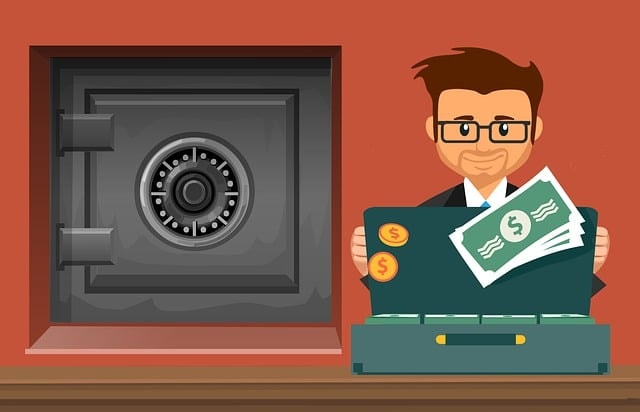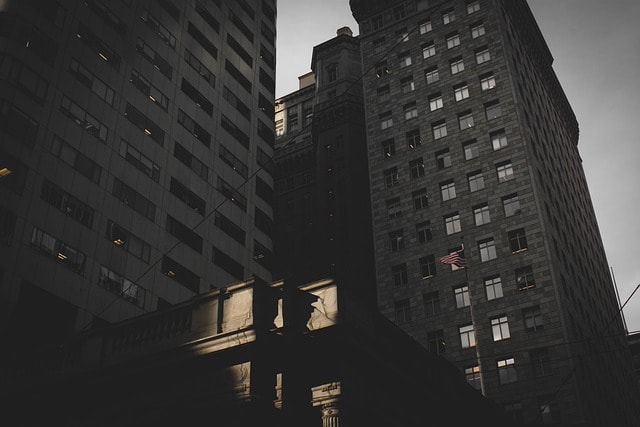A Comprehensive Guide to Premises Liability California

Introduction
Premises liability is a crucial law area affecting property owners and visitors alike. In California, premises liability laws are particularly nuanced and can have significant implications for both parties. This guide aims to understand premises liability in the Golden State thoroughly.
Definition and Scope of Premises Liability in California

Premises liability refers to a property owner’s legal responsibility for injuries caused by unsafe or defective conditions on their property. The owner’s duty involves maintaining the premises safely, considering factors such as prior knowledge of hazards and reasonable precautions to prevent injuries. In California, this concept is broader than in many other states.
Attorney Sarah Johnson explains, “California law places a high duty of care on property owners. This means they’re expected to take reasonable steps to ensure the safety of visitors.”
Key Elements of a Premises Liability Claim

To establish a premises liability claim in California, the following elements must typically be proven:
- The defendant owned, leased, occupied, or controlled the property
- The defendant was negligent in the use or maintenance of the property, demonstrating the property owner’s negligence in failing to maintain a safe environment
- The plaintiff was harmed
- The defendant’s negligence was a substantial factor in causing the harm
Types of Premises Liability Cases
Common premises liability accidents in California include:
- Slip and fall accidents
- Inadequate security leading to assault or injury
- Dog bites
- Swimming pool accidents
- Elevator or escalator accidents
- Toxic fume or chemical exposure
California-Specific Laws and Regulations

California Civil Code Section 1714(a) forms the basis of premises liability law in the state. It states that everyone is responsible for injuries caused by their lack of ordinary care in managing their property.
Filing a premises liability lawsuit in California involves proving that the property owner’s negligence led to the injury. It also involves understanding the responsibilities of property owners and the types of damages that can be claimed.
Additionally, California follows a pure comparative negligence rule. This means that an injured party can recover damages even if they were 99% at fault, although their percentage of fault would reduce their recovery.
Duties of Property Owners
In California, property owners owe different levels of duty to different types of visitors on someone else’s property:
- Invitees (e.g., customers in a store): Highest duty of care
- Licensees (e.g., social guests): Duty to warn of known dangers
- Trespassers: Minimal duty, except for children (attractive nuisance doctrine)
Who Can Be Held Liable for Premises Liability?

In California, premises liability extends beyond just property owners. Various individuals or entities can be held accountable if their negligence leads to an injury on the property.
Property Owners: The primary responsibility lies with property owners, who must ensure their premises are safe for visitors. If a hazardous condition exists and the property owner fails to address it, they can be liable for any injuries.
Lessees or Tenants: When a lessee or tenant controls the property, they are responsible for maintaining a safe environment. For instance, a tenant running a business in a leased space must ensure that the area is free from hazards that could harm customers or employees.
Property Managers: These individuals are tasked with the day-to-day upkeep and maintenance of the property. If a property manager neglects their duties, such as failing to repair a broken handrail, they can be held liable for any injuries that occur as a result.
Independent Contractors: When independent contractors are hired to perform work on a property, they must do so safely. They can be held liable if their negligence, such as improper equipment installation, leads to an injury.
Government Entities: Government entities have jurisdiction over public properties, such as parks or government buildings. If an injury occurs due to a hazardous condition on public property, the responsible government entity can be held liable, provided it can be shown that they failed to maintain the property safely.
Understanding who can be held liable in a premises liability case is crucial for determining the appropriate party to pursue a claim against.
Comparative Negligence in California
California’s pure comparative negligence system can significantly impact premises liability cases.
Legal expert Michael Brown notes, “Even if a visitor was partially at fault for their injury, they may still be able to recover damages. However, their award will be reduced by their percentage of fault.”
Steps to Take After a Premises Liability Accident
If you’re involved in a premises liability accident:
- Seek medical attention immediately
- Report the incident to the property owner or manager
- Document the scene (take photos, gather witness information)
- Preserve evidence (keep clothes, shoes worn during the incident)
- Consult with a premises liability lawyer to navigate complex liability claims and build your case
Compensation in Premises Liability Cases
Victims in premises liability cases may be entitled to various forms of compensation, including:
- Medical expenses (current and future)
- Lost wages and loss of earning capacity
- Pain and suffering
- Emotional distress
- In severe cases, punitive damages
Homeowner’s Insurance and Premises Liability
Homeowner’s insurance often plays a pivotal role in premises liability claims. These policies typically cover bodily injuries that occur on the homeowner’s property, providing financial protection up to the policy limits. If someone is injured on your property due to a hazardous condition, your homeowner’s insurance may cover the medical expenses and other damages.
However, it’s important to note that there are exclusions. For example, intentional acts or vandalism are generally not covered under standard homeowner’s insurance policies. Therefore, understanding the specifics of your policy is essential.
If homeowner’s insurance covers a premises liability claim, the policyholder must take certain steps. This includes mitigating damages, such as addressing the hazardous condition promptly, and notifying the insurance company of the incident within the required timeframe. Failure to do so can result in a denial of the claim.
Reviewing your homeowner’s insurance policy carefully and understanding its terms and conditions can help ensure you are adequately protected in the event of a premises liability claim.
Public Property and Premises Liability
Premises liability on public property involves unique considerations, particularly when holding government entities accountable. If you are injured on public property, such as a park or a government building, the government entity responsible for maintaining that property can be held liable.
To establish liability, it must be demonstrated that the government entity created a reasonably foreseeable risk of the kind of injury that occurred. Several factors are considered in determining liability, including:
- Knowledge of the Hazard: Did the government entity know, or should they have known, about the hazardous condition?
- Ability to Prevent the Hazard: Did the government entity have the means to prevent the hazard from occurring?
- Failure to Warn: Did the government entity fail to provide adequate warnings about the hazard?
- Plaintiff’s Knowledge: Was the injured party aware of the hazard and did they take reasonable steps to avoid it?
One critical aspect of premises liability claims against government entities is the statute of limitations. In California, the time limit to file a claim against a government entity can be as short as six months from the date of injury. This makes it imperative to seek legal advice promptly if you are injured on public property.
Understanding these factors can help you navigate the complexities of premises liability claims involving public property and ensure that you take the necessary steps to protect your rights.
Statute of Limitations
In California, the statute of limitations for most premises liability cases is two years from the date of injury. However, if the property is owned by a government entity, a claim must be filed within six months.
Notable California Premises Liability Cases
- Ortega v. Kmart Corp. (2001): Established that a business owner can be held liable for a dangerous condition if it existed long enough that it should have been discovered.
- Alcaraz v. Vece (1997): Ruled that a property owner may owe a duty of care to persons injured on adjacent property.
- Rowland v. Christian (1968): This landmark case eliminated the distinction between duties owed to different types of visitors, establishing a general duty of reasonable care.
FAQs
- Q: Can I sue if I was trespassing when I was injured? A: While it’s more challenging, it’s not impossible. In some circumstances, California law requires property owners to exercise care even towards trespassers.
- Q: What if I was partially at fault for my injury? A: Under California’s pure comparative negligence rule, you can still recover damages, but your percentage of fault will reduce your award.
- Q: How long do I have to file a premises liability claim? A: Generally, you have two years from the date of injury. However, if the property is government-owned, you must file a claim within six months.
- Q: What if I’m injured on public property? A: You can file a claim against government entities, but there are special procedures and shorter deadlines.
- Q: Do I need a lawyer for a premises liability case? A: While not required, a lawyer can significantly improve your chances of a favorable outcome, especially given the complexities of California premises liability law.
Conclusion
Premises liability law in California is complex and nuanced. Whether you’re a property owner or someone who has been injured on another’s property, understanding these laws is crucial. Always consult with a qualified attorney for advice tailored to your specific situation.
Remember, safety is a shared responsibility. Property owners must maintain safe premises, and visitors should exercise reasonable care for their own safety. By understanding premises liability laws, we can all contribute to creating safer environments for everyone in California.
Related Terms: california’s premises liability laws,property owners maintain, government property













